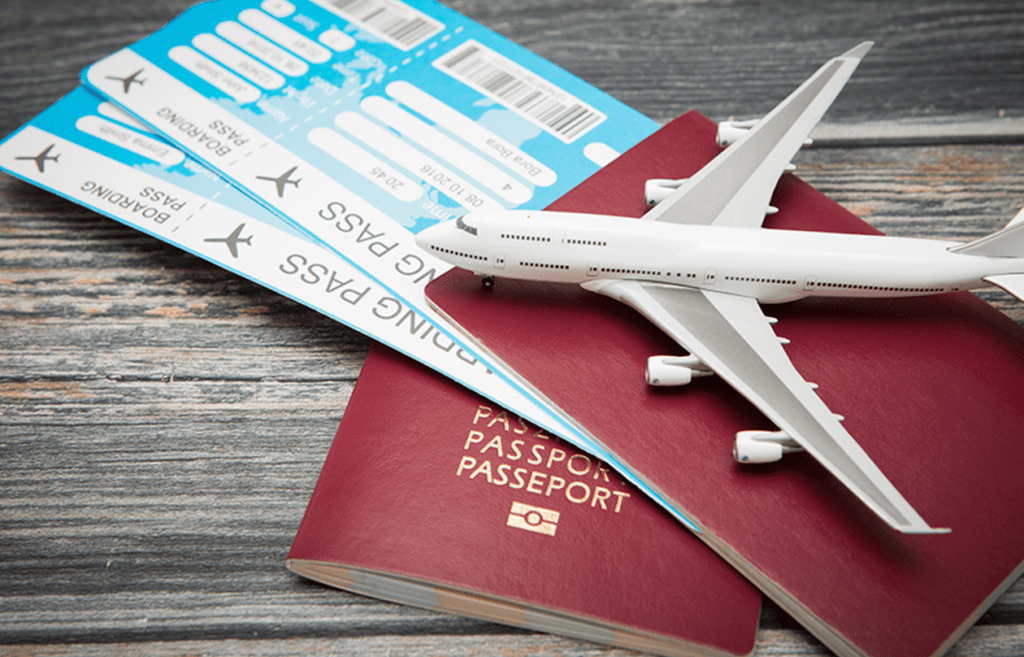Newsletter 2020
ESAIC Trainee Exchange Programme – from Portugal to Ireland

saramcpedrosa@gmail.com
My name is Sara Pedrosa and I’ve been an anaesthesiology consultant in Centro Hospitalar Baixo Vouga, Portugal, for two years. I was selected for the 2019 Trainee Exchange Programme in Cork University Hospital (CUH), Ireland, for a Regional Anaesthesia Fellowship.
I spent three months learning from some of the best anaesthesiologists in regional anaesthesia and getting to know a new country, with fantastic landscapes, great food and the friendliest people in the world (tied with the Portuguese, of course)!
Why the Regional Aanesthesia Fellowship at CUH, Ireland?
At the end of my residency, I received advanced training in regional anaesthesia and ultrasound, in Portugal (with Dr. Elena Segura, in Centro Hospitalar Tondela Viseu) and in Spain (in Hospital Clinico Universitario de Valencia), which sparked my interest in this area. Since then, I have been keen to obtain further knowledge and improve my skills and the ESAIC fellowship seemed to be the perfect opportunity!
I chose CUH because I knew it was a centre of excellence in regional anaesthesia and it was highly recommended to me by Portuguese colleagues that had also done part of their regional anaesthesia training there. I knew I would obtain a good balance between supervision and independent practice, with a lot of hands-on experience.
My experience in CUH
The Anaesthesiology Department’s activities start at 7:30 am with a clinical lecture, journal club or morbidity and mortality conference.
At 8 am we started our activities in the operating theatre, which consisted of preoperative evaluation of the patient in the reception room or in the ward, discussion of the anaesthetic plan with the consultant and regional anaesthesia fellow, and intraoperative management and follow-up of the patients in therecovery room and ward.
I spent most of my time in the block room, with the fellows enrolled in the 12-month (clinical and academic) Regional AnesthesiaFellowship. In the block room we prepared the orthopaedic trauma patients for surgery, by performing venous and arterial catheterisation, neuraxial anaesthesia and of course a wide variety of peripheral nerve blocks under ultrasound guidance. The block room serves two orthopaedic trauma theatres, but I also had the opportunity to perform peripheral nerve blocks on patientssubmittedtoplasticsurgery,generalsurgeryandonpatientswithfractured ribs in the Emergency Department. The elective orthopaedic surgeries are performed in the South Infirmary-Victoria University Hospital, where I also had the chance to work on some days.
In CUH I found a very pleasant working environment. Despite a very busy Block Room, the consultants and regional anaesthesia fellows were always very patient and available to teach. All the other doctors, nurses, porters and administrative staff were also very kind and welcoming.
During those three months I got insight into a different national healthcare system (although similar to the Portuguese one) and a different national anaesthesiology residency programme. I also had some contact with medical students that were doing rotations in anaesthesiology and had the opportunity to be an examiner in the OSCE for 4thyear medical students.
I was impressed by the great work-life balance in Cork and the Anaesthesiology Department promoted many social and wellbeing events inside and outside the hospital, such as the “Coffee and Gas” initiative.
Now back home…
During my time in Ireland I received great news: my Anaesthesiology Department had finally got an ultrasound machine of our own, which means we don’t have to borrow one from the Radiology Department anymore. It’s been great to keep practising and to be able to teach colleagues in my department. Along with some other consultants trained in regional anaesthesia we are organising workshops in ultrasound guided nerve blocks and vascular access, in our hospital.
I hope one day we will be able to set up a block room, which would improve theatre efficiency and also become a hub for training and research.
“Travel is fatal to prejudice, bigotry, and narrow-mindedness, and many of our people need it sorely on these accounts. Broad, wholesome, charitable views of men and things cannot be acquired by vegetating in one little corner of the earth all one’s lifetime.” – Mark Twain
Travel certainly broadens our minds and I believe that working in a different country allows us to gain another perspective of healthcare and a fresh way of approaching problems. It also gave me the opportunity to live in a wonderful country, improve my English skills and meet amazing people.
I strongly recommend doctors (trainees and consultants) to get out of their comfort zone and to participate in exchange programmes, even if only for a couple of weeks. It is so refreshing to work in a different hospital, in a different country, with a different culture and exchange ideas!
I would like to congratulate ESAIC for the incredible Exchange Programme andto express my gratitude for letting me be a part of it. Alex Rawlings and Els Sung, the Education Coordinators, were always available to help and facilitate the administrative process.
I would like to thank everyone I worked with at CUH’s Theatre: all the doctors, nurses, porters and administrative staff made me feel at home from the very first day! I´m especially grateful to Dr. Gabrielle Iohom, my mentor, for making sure that this opportunity was rewarding and meaningful to me; to Dr. Hassan Mohamed and Dr. Khaled Araibi, CUH’s Regional Anaesthesia Fellows, for all the tips and advice, encouragement and friendship; and to nurse Stacey Cleere for being the heart of the block room.
Last but not least, I would like to thank my Anaesthesiology Department in Portugal, for being so supportive of my participation in the exchange programme.









